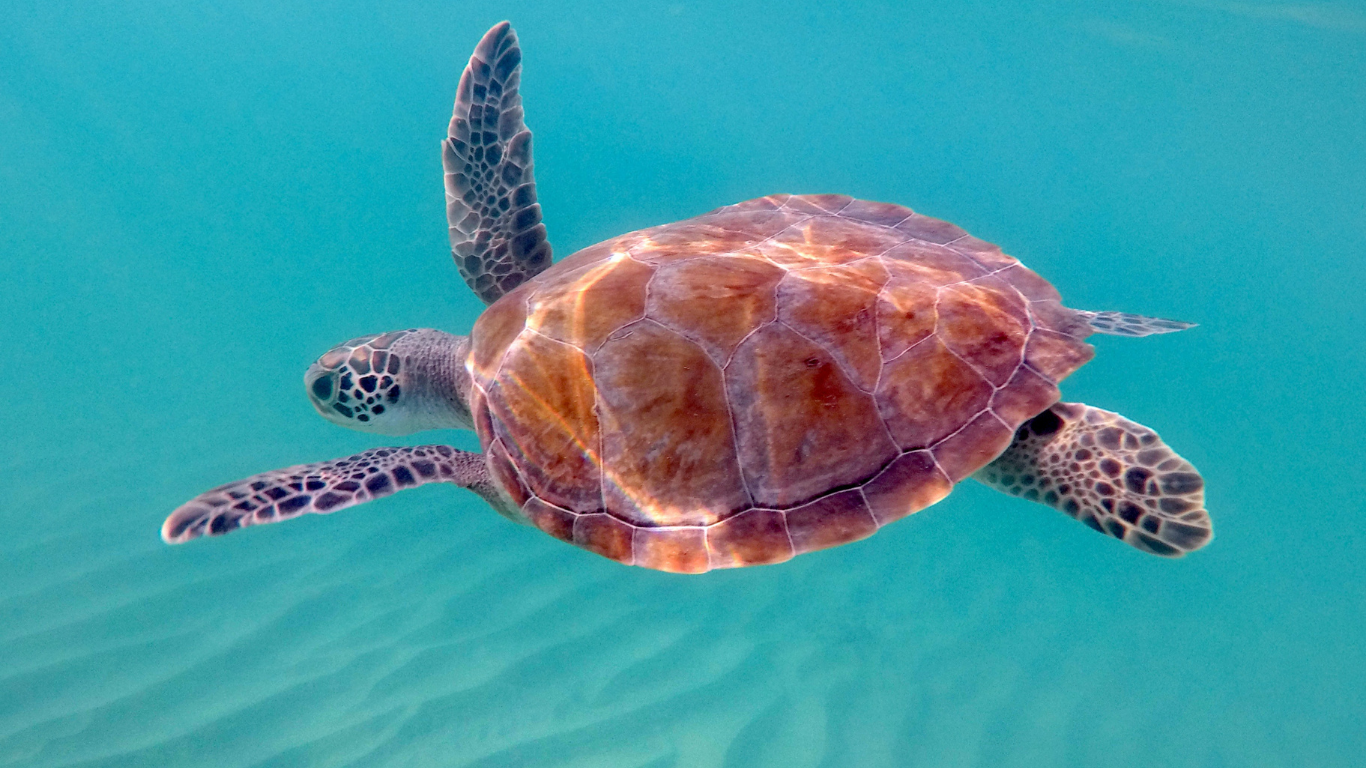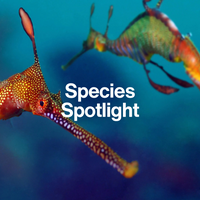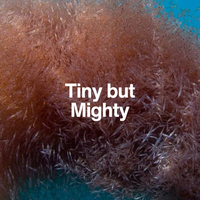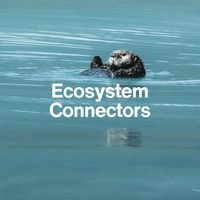The Seagrass Gardener of the Tropics
Green Sea Turtle

Graceful, ancient, and endlessly endearing—this ocean wanderer helps keep coral reefs and coastlines thriving.
Introduction
A Timeless Ocean Traveller
The green sea turtle (Chelonia mydas) is one of the ocean’s most recognisable and beloved reptiles. Gliding through shallow lagoons, coral reefs, and seagrass meadows, it has become a symbol of marine conservation, coastal health, and peaceful coexistence.
With roots stretching back over 100 million years, this species has seen oceans rise, climates shift, and coastlines evolve. Today, it continues its epic migrations across the globe—but faces increasing pressure from a rapidly changing world.

What Makes It Iconic
Calm, Curious, and Charismatic
Unlike most sea turtles, adult green turtles are largely herbivores, feeding on seagrasses and algae. This gentle diet gives their fat a greenish tint—hence the name.
Their smooth, streamlined shells, powerful flippers, and calm presence have made them a favourite among divers and conservationists alike. They’re also woven into mythology and cultural heritage around the world, representing wisdom, protection, and long life.

Fun Fact
Green turtles can hold their breath for up to five hours while resting—and for several minutes even while swimming.
Ecological Role
Coastal Cleaners and Meadow Maintainers
Green sea turtles are often called ecosystem engineers because their grazing helps maintain healthy seagrass beds, which in turn:
- Provide nursery habitat for fish and invertebrates
- Stabilise sediment and prevent erosion
- Absorb carbon and support water clarity
By keeping seagrass cropped short, turtles prevent overgrowth and promote new, nutrient-rich growth—just like mowing a lawn. Their presence also supports coral reef health, indirectly benefiting entire tropical ecosystems


Conservation & Threats
A Species at the Crossroads
Green turtles are Endangered, with global populations declining due to a wide range of threats:
Poaching
and egg collection
Habitat destruction
of nesting beaches and feeding grounds
Climate change
which affects hatchling sex ratios and nesting success
Plastic pollution
especially ingestion of bags mistaken for jellyfish
Bycatch
in gillnets, trawls, and longlines
Did you know?
The temperature of the sand where eggs are buried determines whether hatchlings are male or female—hotter sands produce more females.
Hope & Action
Shelled Survivors With a Fighting Chance
Green turtles are protected under CITES, CMS, and national laws in many regions. Conservation efforts are deeply collaborative, often involving coastal communities, local governments, and international NGOs.
Ongoing actions include:
- Nest monitoring and hatchling protection
- Turtle-friendly fishing gear
- Marine protected areas around key feeding and nesting sites
- Education programmes that reduce poaching and support ecotourism
Global beach cleanups, coastal zoning reform, and citizen science are also playing a growing role in giving this species a future.

Why It Inspires Us
Carving Paths Through the Blue
The green sea turtle embodies resilience, grace, and patience. It glides across oceans with quiet certainty, navigates thousands of kilometres to return home, and supports entire ecosystems just by grazing.
This ancient mariner has outlived the dinosaurs and adapted through millennia of change—yet today, it depends on our protection to survive. Its story is not just one of endurance, but of interconnection: between land and sea, past and future, human and habitat.

Species Overview

Species ID Card
Green Sea Turtle
Want to take this species with you? Download our printable ID card to keep learning, share with others, or use in your classroom or ocean journal.
NEXT SPECIES
Meet the Ocean’s Social Genius: Bottlenose Dolphin
Intelligent, playful, and endlessly expressive—next up: meet the marine mammal whose clicks and whistles are rewriting what we know about communication.




